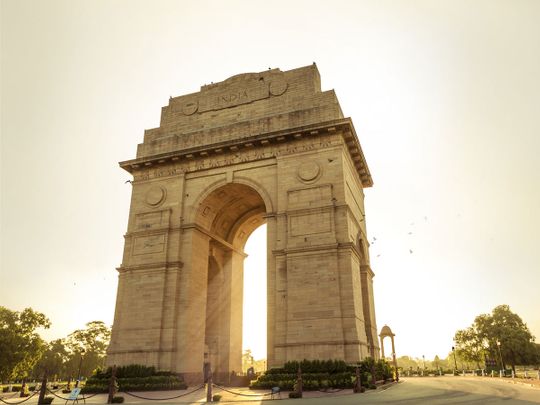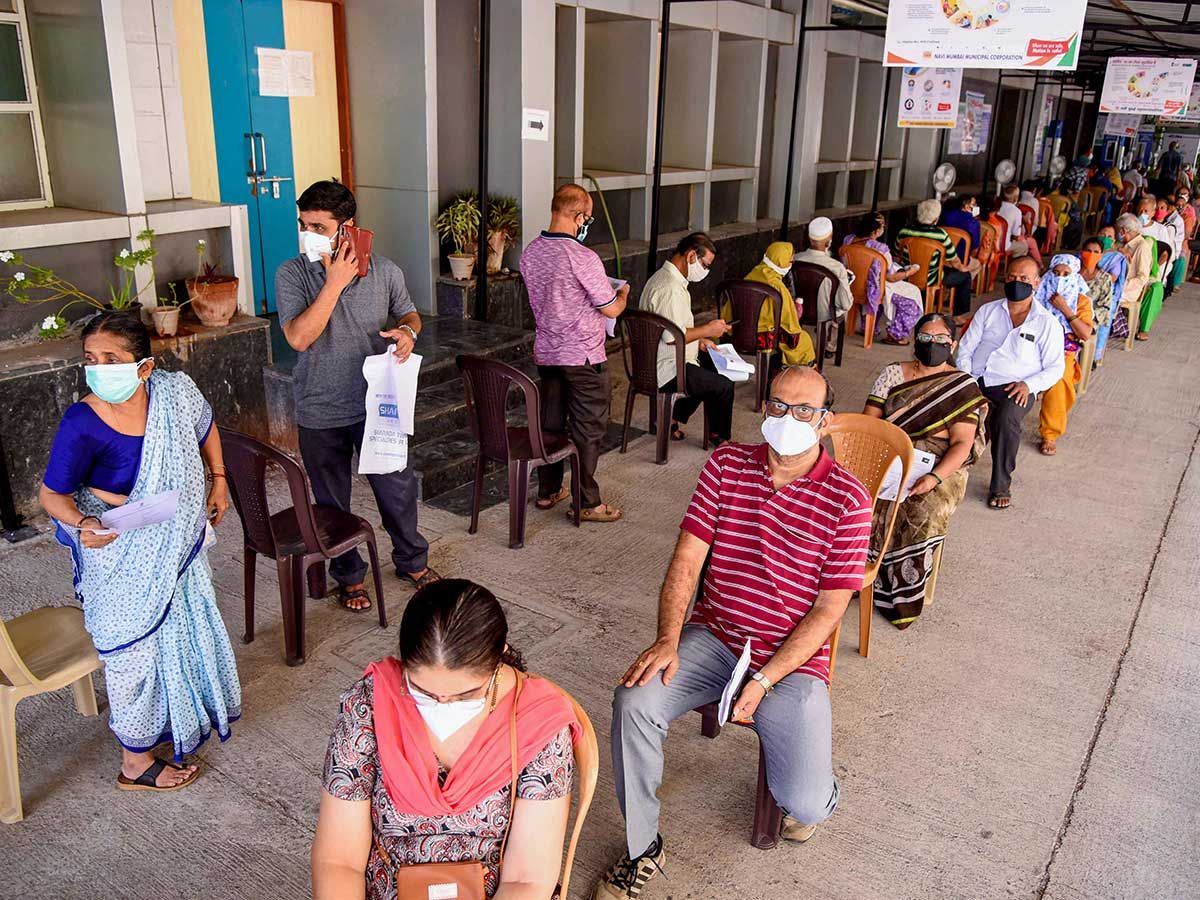
India’s Covid epidemic is a calamity that is plain to see. Yet from their peaks in mid-February, the rupee is down -0.8 per cent and the stock market (Nifty) is down -0.8 per cent.
There are three reasons why. First, that the epidemic is a humanitarian disaster, there is no doubt. But it probably won’t impact the economy very much. Second, the stock market always looks forward. Lastly, this awful event will have important consequences, and as strange as it may sound, some of them will be positive ones.
Let me explain each point in detail, starting with the economy.
Economic impact
When I lived in Thailand 30-odd years ago, AIDS was a terrible problem. Because of the stigma attached to it, much of the epidemic went unreported. My brother-in-law who worked in a hospital told me how prevalent it was, and I presume the community it served was no different from the average. Yet despite the devastation it caused to society I can never recall AIDS featuring in conversations about the economy That’s because the efforts made to contain it never weighed on it.
Today, there is no nationwide lockdown in India like there was last year. Although many states have imposed restrictions, the overall level of mobility stringency, according to the website Our World In Data, is somewhere between those of Germany and Sweden.

The Reserve Bank of India has maintained a gross domestic product (GDP) growth forecast for fiscal year 2022 of 10.5 per cent. Our forecast is for 9 per cent. What both forecasts assume is that this second wave does not last beyond the current quarter, and there will be a recovery in spending and investment in the subsequent quarters of the year. So the impact on economic growth will not be material.
The markets story
The second point is that the stock market always look forward.
We have only to look back to last year to see a parallel to today. In February and March of 2020, when it became clear the virus had arrived in the United States and was spreading rapidly, the S&P 500 index quickly fell more than 30 per cent. About 10,927 confirmed cases were reported on the day it bottomed. But the epidemic got much worse after that, and confirmed cases didn’t peak until early January, when they reached 307,516. In the interval, the S&P 500 had risen 70 per cent, and was even 13 per cent higher than it was before the sell-off.
That is an example of how the market always looks forward. One could say the situation in India today is different.
Global liquidity
The epidemic in the US was met with fiscal and monetary stimulus that were unprecedented in history, and resulted in a tidal wave of liquidity. Neither the Reserve Bank of India nor government in New Delhi has the wherewithal to match it. But the whole financial world – or at least the parts of it that are open like India – is awash with liquidity, thanks to the unprecedented actions of the American government and central bank.
To put it in perspective, the American stock market is $42 trillion in size, 40 per cent of the combined stock markets of the world. India’s stock market is $3 trillion in size. So just a drop of liquidity from the American market spilling into the Indian one can have a big impact.
Vaccination impetus
With regard to the current epidemic in India, no country developing or developed would have been prepared for it. For example, demand for medical oxygen rose ten-fold in just one month.
Now the situation has improved in urban areas, although the dark underside that is more difficult to know is the spread up-country, where medical services are sparser.
What we can say is that daily confirmed cases peaked in early May at 415,000, and as of yesterday were 196,000. Even if the official numbers are grossly under-representative of the whole, they probably do represent the broader trend. And now mobility is rising in the states that were affected first.
The key to exiting the epidemic, in India as is the case everywhere else, is vaccines. They work well even against variants, and while not without side-effects, overall they are well worth the risk.

Unfortunately, it is not easy to vaccinate the second-largest population in the world very quickly. The city of Delhi alone has more residents than Israel. The vaccines currently available are Covishield (the name for AstraZeneca’s Covid vaccine in India) and Covaxin. These require two jabs, with intervals of 42 and 28 days respectively. So far, 11 per cent of population has had at least one dose, and three per cent are fully vaccinated.
But the second wave has given new impetus to the vaccine drive. The age restriction has been lowered, price caps have been lifted, state governments and private hospitals are sourcing directly from suppliers, grants to Serum Institute and Bharat Biotech will help boost production
Imports of the Sputnik V vaccine, which in clinical and real world trials is proving to be as effective as Pfizer and Moderna, could be up to 50 million by next month, and take daily consumption to around four million.
Domestically-produced Sputnik V vaccines should be ready by September, taking daily consumption to five million doses. Just based on that, more than 60 per cent of the population should have received two doses by the end of this year. Beyond that, one would think much of the global surplus in vaccines will now get re-directed to India.
The third point explaining the market’s resilience is that it probably has a sense, strange as it may sound, that benefits will emerge from this tragedy.
For example, as strange as it may sound, the Black Death in Europe six centuries ago had long-term effects that were largely salutary, because it re-ordered the power between labour and capital.
One thing I do know is that Indians believe in India, and this destruction will probably spur rebuilding on a scale not seen before.
There’s also the potential for sweeping change. The stock market would probably associate any change as a result of the pandemic as a more efficient one, resulting in higher cash flows, which are what moves share prices over the longer-term.
1. Many up-and-coming “New Economy” companies plan to list on the stock market over the next few years. This should give it a digitalised dimension that it currently lacks.
2. Reforms like the Goods & Services tax enacted in the past few years slowed growth down. But they have been absorbed into the economy by now, and should become the pillars of a stronger, higher-quality, economy.
3. In 2018, India’s working age population surpassed its dependent population in size in 2018. Demographers estimate this will remain the case until around 2055. When we look at other countries and identify the years they crossed a similar threshold, we see something very interesting. Be it 1964 in Japan, 1987 in Korea, or 1994 in China, the decade that followed for each was generally one of great prosperity.




